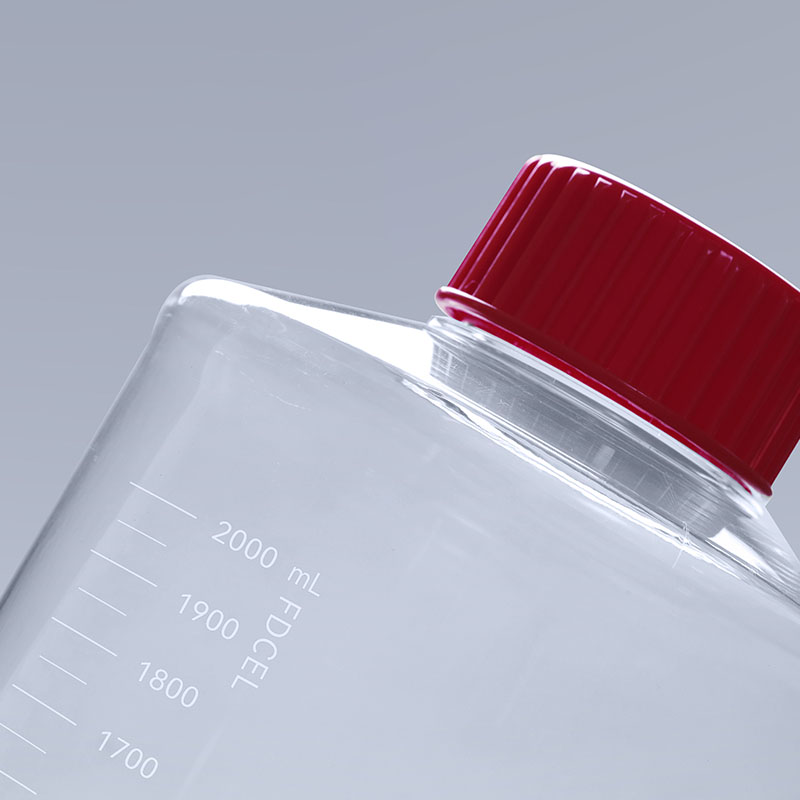Cell culture is fundamental in biological research, and the cell culture consumables used are critical to the success of the experiment. Cell Roller Bottles, especially in large-scale cell culture, play an integral role. However, biocompatibility is an important consideration when selecting consumables to ensure that the materials do not adversely affect cell culture, thereby increasing the success of the experiment.
Biocompatibility is the ability of a material to function in a biological environment without causing a harmful reaction. In cell culture, this means that the materials used in cell culture flasks should avoid causing toxicity or other harmful biological reactions to ensure that cells can grow successfully. Biocompatibility testing is a critical step in determining the suitability of cell culture flasks for use, and usually requires compliance with international standards (e.g., ISO 10993) and Chinese standards (e.g., GB/T16886).

Evaluating the biocompatibility of Cell Roller Bottles goes beyond performing simple tests; it requires a series of in vitro and in vivo experiments to assess the interaction of the material with the cells. Biocompatibility is not static but a dynamic process that depends on the material used, the application environment and the cell type. Therefore, no material can be a completely inert material and biocompatibility can change depending on the application.
When choosing Cell Roller Bottles, research organizations should pay special attention to whether they have passed the biocompatibility test. Only cell culture flasks that meet biocompatibility standards can ensure smooth cell culture. Whether it is a small-scale scientific research experiment or a large-scale cell production, ensuring the safety and suitability of the material is an important foundation to ensure the progress of the research.
In conclusion, biocompatibility should be a non-negligible consideration when choosing cell culture flasks. By choosing consumables that comply with ISO certification and international standards, it will help to improve the reliability and reproducibility of experimental results, which in turn will drive scientific research forward.
The FAI climbed 5.9 percent year-on-year in the first 11 months of 2018, quickening from the 5.7-percent growth in Jan-Oct, the National Bureau of Statistics (NBS) said Friday in an online statement.
The key indicator of investment, dubbed a major growth driver, hit the bottom in August and has since started to rebound steadily.
In the face of emerging economic challenges home and abroad, China has stepped up efforts to stabilize investment, in particular rolling out measures to motivate private investors and channel funds into infrastructure.
Friday's data showed private investment, accounting for more than 60 percent of the total FAI, expanded by a brisk 8.7 percent.
NBS spokesperson Mao Shengyong said funds into weak economic links registered rapid increases as investment in environmental protection and agriculture jumped 42 percent and 12.5 percent respectively, much faster than the average.
In breakdown, investment in high-tech and equipment manufacturing remained vigorous with 16.1-percent and 11.6-percent increases respectively in the first 11 months. Infrastructure investment gained 3.7 percent, staying flat. Investment in property development rose 9.7 percent, also unchanged.
 English
English


















































